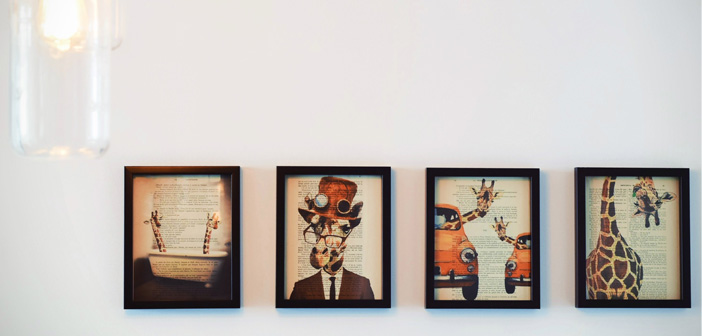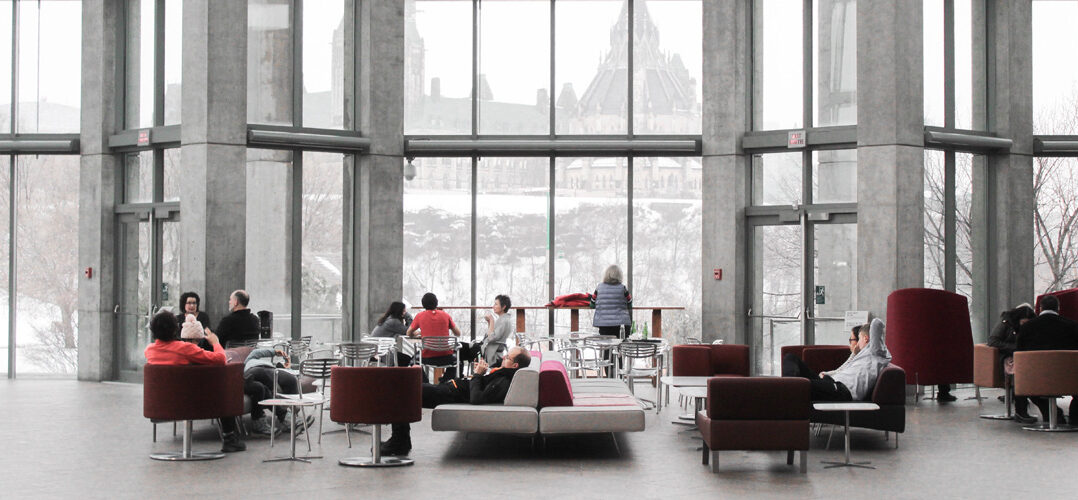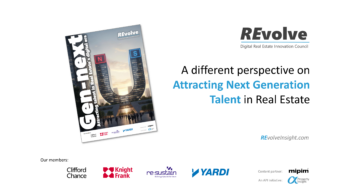The proper amenity mix can make a building shine for its tenants and perform well financially for its owners. And in high-competition markets such as urban areas and affluent suburbs – the sort of markets most owners are likely to be active in – loading a building with great amenities can become an almost omnipresent mantra (you need to win that amenities arms race, after all). But there is a right way and a wrong way to amenitize, and it takes a lot more than simply partnering with an amenity provider or installing a ping pong table to make a space hum with productive energy. In fact, there are a handful of pitfalls that must be acknowledged and avoided by building owners in order to prevent missed opportunities to promote efficiency and avoid wasting money.
Don’t develop spaces with only one use
We see it all the time. Buildings offer plenty of programmed spaces that, at the end of the day, only serve one real purpose. It could be a co-working space, pool deck, or even lobby, but if it is only programmed for one use (work, relaxing, and waiting, respectively) something has gone wrong in your design process. Each of these spaces are only useful for that one stated purpose, and oftentimes actually discourage alternate uses.
This is a serious miss. Just like celebrity chef Alton Brown often complains about « unitaskers » in the kitchen – tools that serve only one purpose – constraining the use of a space in your building to one specific purpose will make that space useless to anyone seeking space for anything else. For instance, if your building’s co-working lounge sees heavy use throughout the business day by remote workers and then clears out after 5pm, you’re missing an opportunity to give that space an alternate programmed use for traditional office workers who don’t need co-working. In effect, your co-working lounge becomes dead space, serving no one during those off hours and wasting square footage that could be used for other amenities or additional rentable space.
Instead, take the time to programme alternate uses into each of your spaces. Perhaps the pool deck can serve as a dog-friendly area. Maybe your co-working space turns into a library at night. There are endless possible configurations based on your target demographic and property type.
Don’t let your tenants live in a bubble
Whether you run an office or an apartment, don’t let your building’s occupants be ships passing in the night. Your tenants should be given the opportunity to network with each other as they see fit – if they choose not to, at least they had the option. Being able to connect could allow your renters to develop professional connections and relationships that could anchor them even more to your property. An easy way to give your tenants a chance to connect is through a tenant experience platform online and on mobile devices.
Don’t ignore your tenants’ voices
Even if you’ve properly amenitised an amazing physical space, it is important to keep track of what your renters are saying. Tenant demographics change, and with that come adjustments in space and amenity preferences. Ideally your tenant firms should be doing this with their workers as well, in order to avoid debacles such as the recent proliferation of open offices.

But as a landlord, it’s in your best interest to stay tuned into these shifts, particularly in office buildings, where consensus within your tenant companies could make or break a lease renewal. There are numerous ways to monitor tenant sentiment, as well. Whether you go with the old fashioned comment card, a tenant experience app, or simply asking your renters yourself, you’ll be picking up on valuable information. Today, in an IoT-enabled world, installing sensors throughout your building can also help you understand what areas your tenants are using.
Don’t ignore the little stuff
It can be easy to focus on big-ticket items in amenitisation. Installing smart building systems, configuring physical spaces, and developing an inviting brand image all have massive impacts on the overall tenant experience, but major endeavors like that are not the only way to satisfy your renters and increase the likelihood of a renewal.
Pay attention to the details in your space. Do you have attractive art installations? Do they rotate, or are your tenants staring at the same painting they did when they first arrived a year ago? Are your spaces configured to be comfy – not just in terms of layout, but in terms of brightness, temperature, and noise? For instance, being located near an HVAC vent can be very distracting, depending on its intensity of output. And don’t neglect face to face communications, even if digital communications are more efficient and effective 99 percent of the time.

It doesn’t take a genius to properly amenitise a building, but doing it in a way that is cost-effective and sustainable over the long term raises some challenges that can be difficult to identify, let alone solve. Always keep in mind the blowback of your decisions, whether it is installing a “unitasker” space or tuning into your renters’ comments and feedback. With the right approach, you’ll minimise expenses and keep your tenants happy well beyond their first lease.
Spaceflow is a partner of MIPIM PropTech Europe, which takes place in Paris next July 1-2. More info here…



